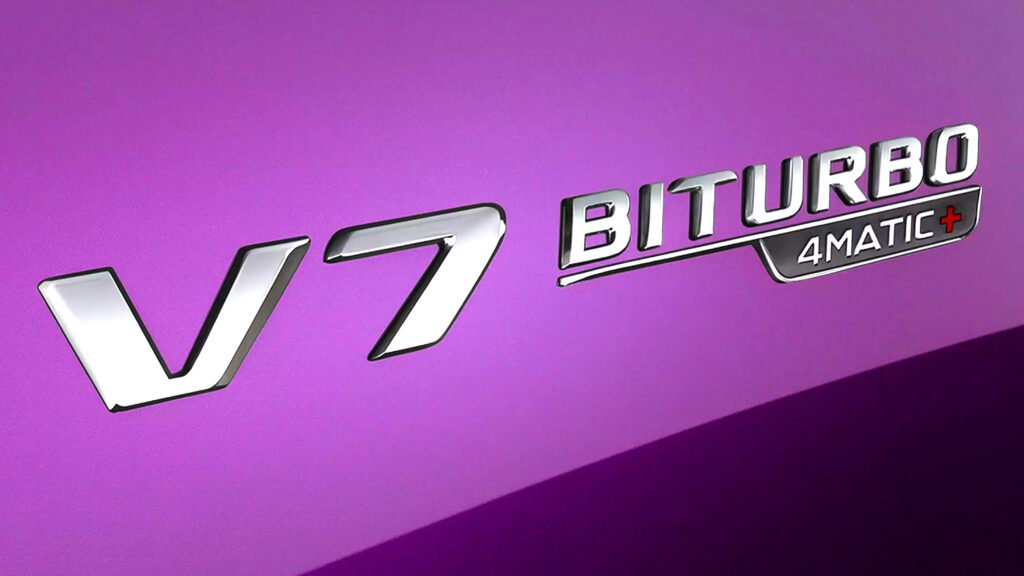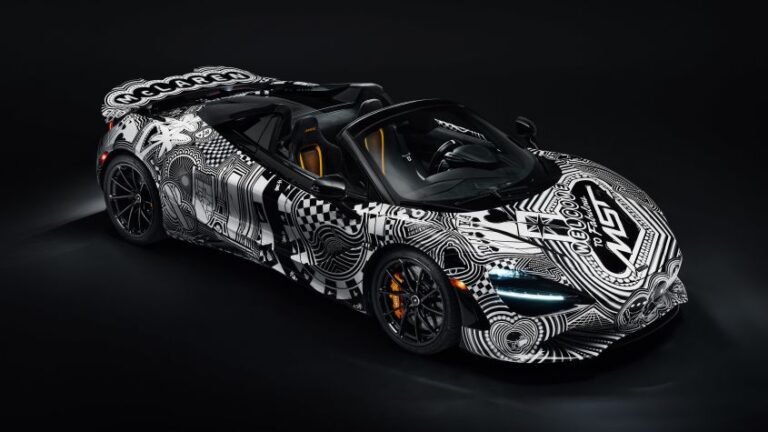

- Seven-cylinder engines face mechanical flaws and poor balance overall.
- Crankshaft geometry creates complex engineering and vibration issues.
- Inline sevens struggle with packaging limits and potential crankshaft flex.
If you’ve ever looked at the long history of engines and wondered why automakers have tried everything from tiny three-cylinders to hulking sixteen-cylinder monsters but never a seven-cylinder, you’re in good company.
Read: Which Stock Car Has The Best Sounding Cold Start?
After all, while four-cylinder engines are the norm, six- and eight-cylinder ones have been popular for decades, so why not seven?
The Math Problem
Well, it turns out the humble number seven just doesn’t play nice with the laws of physics – or with accountants. One problem noted by Auto Motor under Sport in a recent article is that the crank journals would have to be arranged every 51.42857 degrees, which would take some nifty machining.
A straight-six gets neat 60-degree spacing, while a V8 lands comfortably at 45 degrees. That’s easy geometry; seven throws the protractor straight out the window.
But another problem is balance, or rather lack of it. Although having a larger number of cylinders would make a seven-cylinder engine smoother than an inline three or five, it would generate some pretty weird harmonic vibrations.
Inline six-and cross-plane-crank V8 engines are naturally smooth because the piston forces naturally cancel each other out, but a seven wouldn’t be able to do the same, as Drive Tribe explored in the video below.
But What About Odd Engines That Do Work?

It’s true that some odd-numbered engines have thrived. The five-cylinder (think Audi Quattro or Volvo 850R) found a sweet spot between smoothness and size. Plenty of city cars and subcompacts use three-cylinder engines that have proven themselves peppy and efficient – often with balance shafts to stop them wobbling themselves to death.
But seven is a different beast: too large for compact simplicity, too unbalanced for luxury smoothness.
Also: What’s The Best Six-Cylinder Engine Ever Made?
You might find seven-cylinder engines in massive ships, however, or agricultural vehicles where they turn slowly and don’t need to rev high. At a few hundred RPM, you can balance things out with sheer mass and flywheels the size of coffee tables. But in a 7,000-rpm road car? Forget it.
The Other Reality: Why Bother?
When it comes to the crunch, a seven-cylinder engine wouldn’t deliver any meaningful benefits over a six or eight, but adds plenty of downsides. And if an automaker was going to leave common sense and engineering logic far enough behind to build a seven, it would had to have already happened.
As brands shift toward hybrid and fully electric powertrains, the old arms race of cylinder counts is fading fast anyway.
More: What’s The Best Four-Cylinder Engine Ever Made?
If you want a smooth, torquey, perfectly balanced motor, an electric drivetrain does that effortlessly, while three-, four-, six- and eight-cylinder engines, almost all with turbochargers and increasingly helped by hybrid assistance, have every combustion base covered. Need more power? No need to add cylinders; just crank up the boost.

For enthusiasts, though, the idea of a seven-cylinder engine, and its presumably strange soundtrack, is still fascinating. But don’t hold your breath waiting for one.
If you really want something rare and weird, try a rotary-powered Mazda RX-7, a Lancia V4, or hunt out an old VW V5 or the same company’s trouble-prone W8.
More: Your Picks For The Best American Sports Cars With Fewer Than Eight Cylinders Are Hilarious
And if you want a better – but easy to grasp – explanation of understanding of the primary and secondary balance issues that dictate which engine designs feel smoothest, including why an inline six is naturally superior to a V6, check out the video below.
Sources: Drivetribe, AMS


